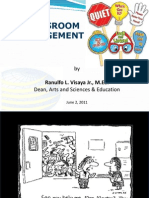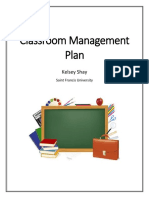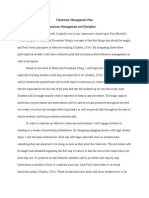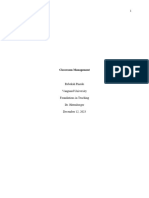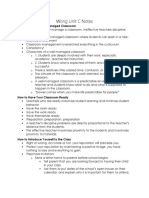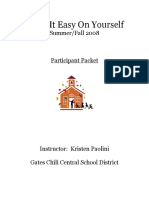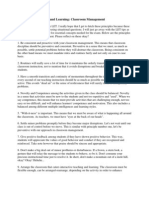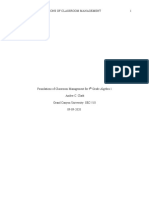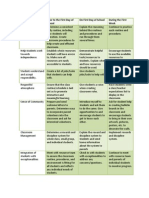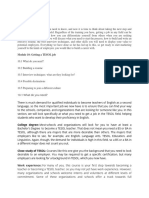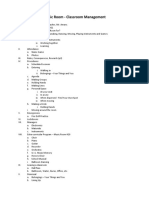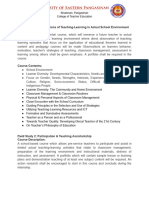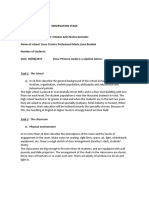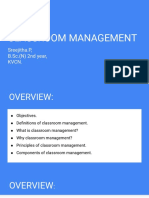0% found this document useful (0 votes)
152 views9 pagesModule 9 PDF
This document provides an overview of Module 9 which focuses on classroom management. It discusses the importance of setting clear expectations for student behavior from the first day. Some key expectations discussed include being respectful, following routines, and taking responsibility. Building respect among the teacher, students, and for themselves is emphasized as central to an effective classroom. Specific strategies are outlined for setting expectations, including having students help generate the rules.
Uploaded by
Freud Bnjie Cblit DoleraCopyright
© © All Rights Reserved
We take content rights seriously. If you suspect this is your content, claim it here.
Available Formats
Download as PDF, TXT or read online on Scribd
0% found this document useful (0 votes)
152 views9 pagesModule 9 PDF
This document provides an overview of Module 9 which focuses on classroom management. It discusses the importance of setting clear expectations for student behavior from the first day. Some key expectations discussed include being respectful, following routines, and taking responsibility. Building respect among the teacher, students, and for themselves is emphasized as central to an effective classroom. Specific strategies are outlined for setting expectations, including having students help generate the rules.
Uploaded by
Freud Bnjie Cblit DoleraCopyright
© © All Rights Reserved
We take content rights seriously. If you suspect this is your content, claim it here.
Available Formats
Download as PDF, TXT or read online on Scribd
/ 9





